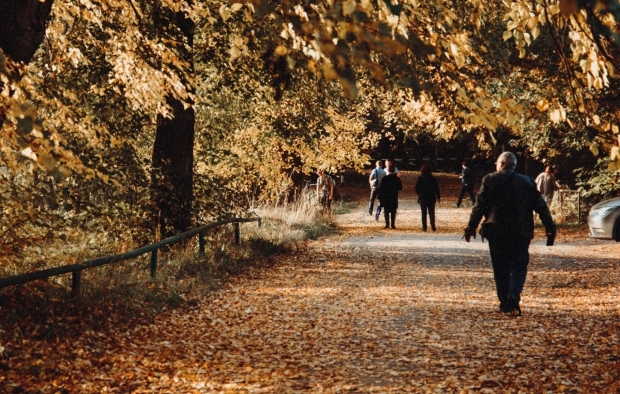
- Home
- News
- Road Traffic
- Low Traffic Neighbourhoods: A Divisive Row

Low Traffic Neighbourhoods: A Divisive Row
A bitter row is bubbling across London after the introduction of low traffic neighbourhoods and the impacts they’re having.
The, to some, controversial move has inflamed opinion, with one side all for it in an effort to improve air quality and reduce traffic congestion while the opposite side of the argument are against it as it simply drives congestion on to fewer roads.
But who is right? And will they become the norm across the country?
What is a low traffic neighbourhood?
This is a term for a designated area of a town or city whereby traffic is prohibited to flow through streets, moving it off residential roads. These streets have signs and markings to show the start of a low traffic neighbourhood, with CCTV in place to spot, and fine, anyone flouting the rules.
A fine of £130 (halved if paid promptly) is the punishment for driving through the boundary. Within weeks of them being in operation, nearly 6,000 fines had been dished out, costing drivers nearly £500,000.
Auto Express reported that by the end of January this year, there were 138 of the schemes completed, with a further 76 planned.
Why are they being introduced?
Set to become a feature in many cities across the country, these low traffic zones help with reducing congestion, improving air quality and encouraging physical activity. A University of Westminster study found that once you improve conditions for walking and cycling then the population tends to use their cars less.
The advantages and benefits are tangible for the local population, so why then are so many against the scheme, which has been adversely boosted by the Covid-19 pandemic as local councils were given greater authority to install them to help with safe movement on streets while limiting transmission of the virus?
Why is it so divisive?
Despite 78% of participants in a Department for Transport poll saying they want traffic reduced in their area, there is still fierce opposition to the plans.
Those against a low traffic neighbourhood in their area point to the change in traffic flows which, they argue, essentially funnels more vehicles into fewer roads and routes. This, as a result, increases air pollution in those areas, and makes them busier and potentially more dangerous.
Share this article
Request a Callback
Had an accident that wasn’t your fault? Leave your details and we’ll call you back.
Thank you
Thank you for your request, one of our team members will be in touch shortly.
Find Out MoreExisting Client?
Keep on top of your claim 24/7, 365 days a year with Touchpoint, accessible from any internet-enabled device.



